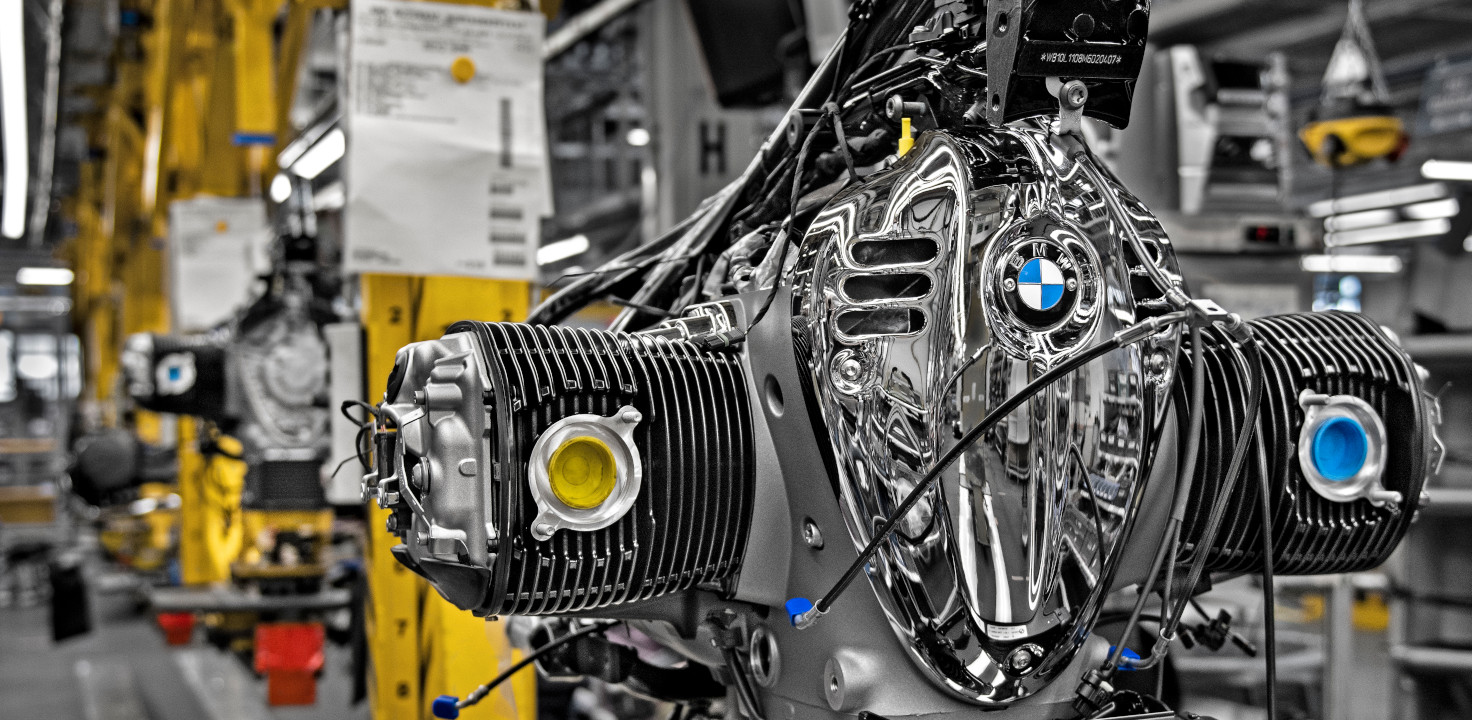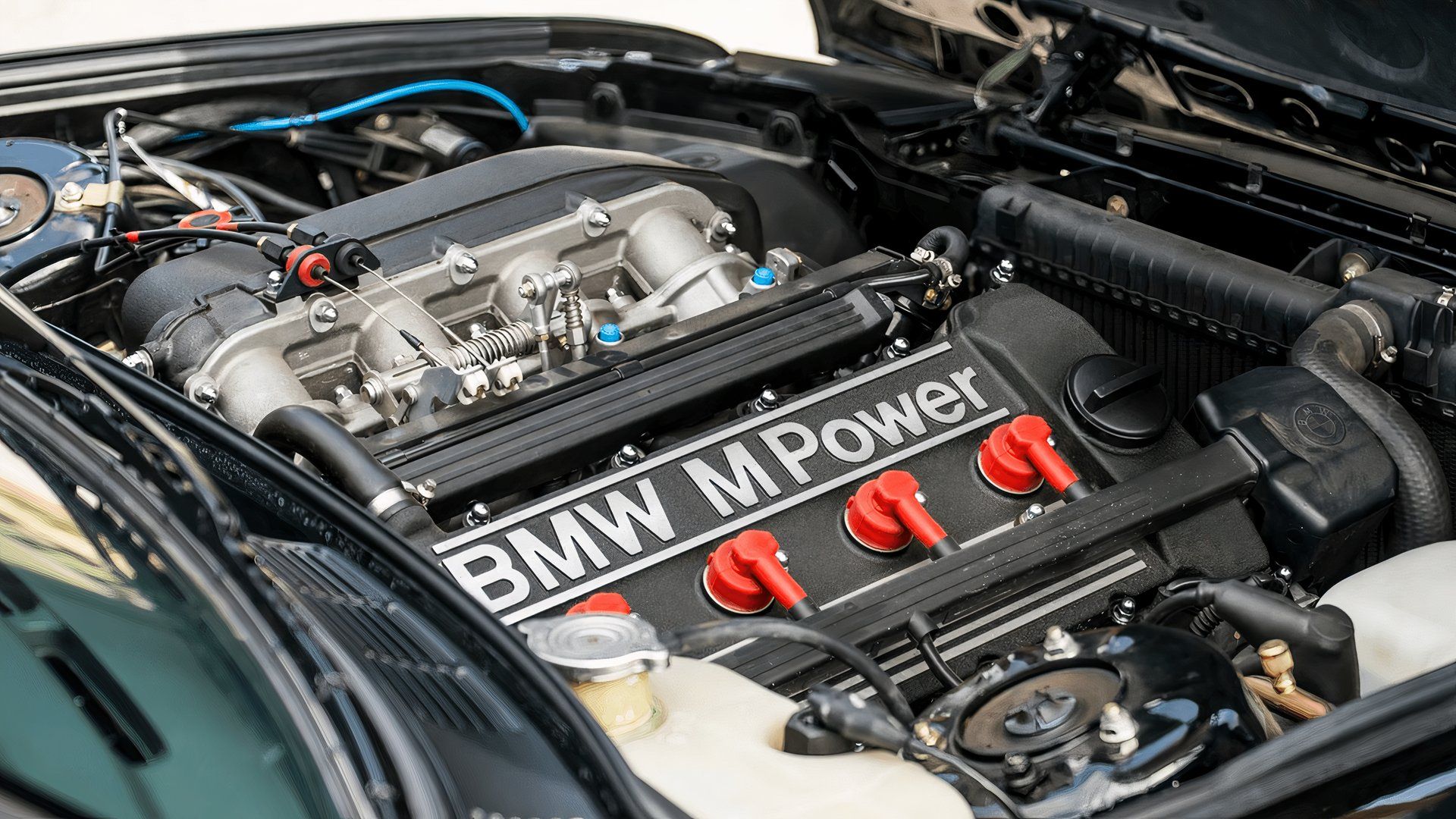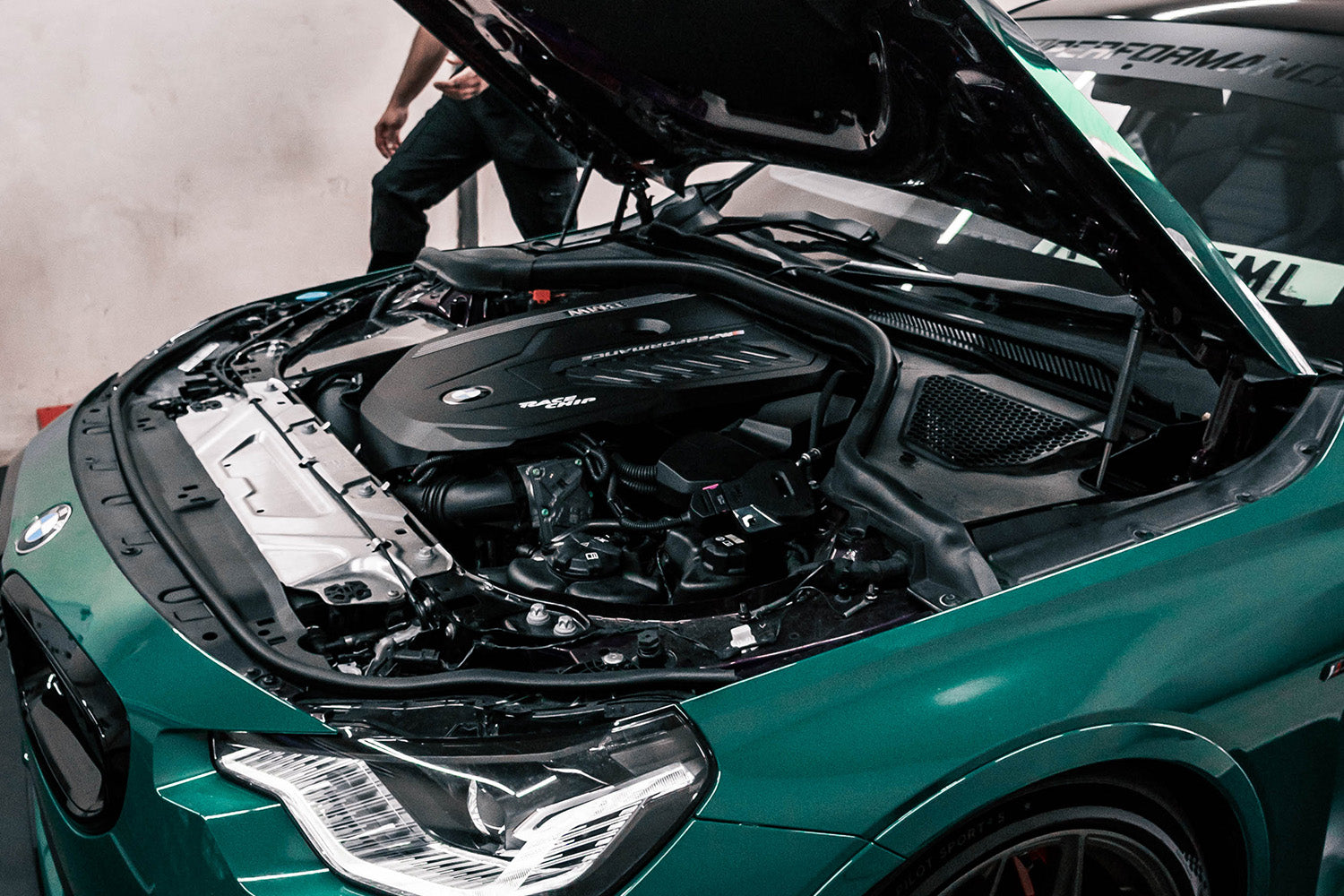The Evolution of the BMW Engine: A Look Back at Iconic Models
Revealing the Intricacies of Next-Generation Power Units: a Deep Study Advanced Engine Advancements and designs
In the realm of vehicle design, the relentless search of performance, performance, and sustainability has actually pushed the evolution of power devices to extraordinary elevations. As we stand on the precipice of a brand-new age in transport, the ins and outs of next-generation engine layouts beckon us to check out the innovative modern technologies and developments that promise to redefine the driving experience. From innovative materials that press the limits of sturdiness and weight decrease to innovative turbocharging and turbo charging systems that boost power outcome to brand-new levels, each component of these power units holds a vital to opening the future of automobile design. Delving much deeper into the realms of exhaust control, smart engine management systems, and the perspective of power unit development, we find ourselves on the cusp of a change that promises to improve the landscape of wheelchair as we understand it.
Evolution of Engine Materials

The shift towards advanced engine materials has actually additionally enabled engineers to design engines with higher power outcomes while keeping fuel effectiveness criteria. The usage of lightweight products minimizes the overall weight of the engine, leading to enhanced fuel economic situation and lower emissions. In addition, advancements in materials modern technology have actually enabled much better thermal administration within engines, resulting in boosted dependability and long life.
Turbocharging and Supercharging Technologies
Just How do Turbocharging and Supercharging Technologies transform engine performance and efficiency in modern-day automobiles? Turbocharging and turbo charging are innovations that substantially boost engine efficiency by increasing the quantity of air intake into the combustion chamber. Turbocharging attains this by using a turbine driven by exhaust gases to pressurize the intake air, while supercharging uses a belt- or chain-driven compressor to accomplish the same impact.
These innovations make it possible for smaller, extra fuel-efficient engines to create power equivalent to bigger ones, referred to as downsizing. Forcibly even more air right into the cyndrical tubes, turbocharging and supercharging improve combustion efficiency, causing enhanced horse power and torque output without a significant rise in engine size. This causes far better velocity, lugging capacity, and overall driving efficiency.
Additionally, supercharging and turbocharging contribute to boosted gas effectiveness by enabling the use of smaller engines that eat less gas under typical driving conditions - bmw engine. This combination of enhanced efficiency and efficiency has actually made turbocharging and supercharging integral elements of many modern-day engine styles
Emission Control and Environmental Impact
With increasing worldwide worries relating to air top quality and environmental sustainability, the application of discharge control technologies in vehicles plays a crucial function in lowering damaging pollutants released right into the environment. Modern vehicles are furnished with sophisticated emission control systems that help reduce the environmental impact of automotive operations. Catalytic converters, for example, are created to transform harmful gases here are the findings such as carbon monoxide, nitrogen oxides, and hydrocarbons into less harmful compounds like carbon dioxide and water vapor.
Additionally, improvements in engine technology, such as the integration of exhaust gas recirculation systems and discerning catalytic decrease, have actually considerably added to reducing emissions. These innovations operate in tandem to optimize combustion performance and reduce the release of hazardous toxins into the air. In addition, the development of crossbreed and electrical cars represents a crucial step in the direction of reducing the total environmental footprint of the transportation sector.
Intelligent Engine Administration Equipment

Additionally, these systems make it possible for automobiles to meet rigid discharges requirements without endangering performance, giving an extra eco-friendly driving experience. The assimilation of fabricated intelligence and equipment understanding capabilities he has a good point in engine monitoring systems proceeds to push the borders of what is feasible, leading to additional renovations in effectiveness, integrity, and total automobile efficiency. bmw engine. As auto technology developments, smart engine administration systems will play a vital duty in shaping the future of transportation in the direction of an extra efficient and lasting direction
Future Trends in Power Unit Advancement
As smart engine monitoring systems lead the way for boosted control and optimization in contemporary vehicles, future trends in power device development are positioned to redefine the landscape of auto propulsion technologies. Among the key fads driving advancement in power unit growth is the shift in the direction of electrification. With a raising emphasis on sustainability and decreasing carbon exhausts, crossbreed and electrical powertrains are becoming a lot more common in the vehicle sector. These alternate source of power provide improved performance and efficiency while lining up with rigorous ecological laws.
Another significant fad is the assimilation of advanced products and making techniques. Light-weight products such as carbon fiber and light weight aluminum are being utilized to lower total automobile weight, boosting gas effectiveness and recommended you read efficiency. Furthermore, innovations in 3D printing and additive production are making it possible for the manufacturing of complex engine components with higher precision and toughness.
In addition, artificial knowledge and artificial intelligence are playing a critical role in maximizing power device efficiency. These technologies permit for real-time monitoring and flexible control, resulting in a lot more trustworthy and efficient power shipment. In general, future fads in power system growth are tailored in the direction of sustainability, effectiveness, and performance, driving the vehicle market in the direction of a new age of propulsion innovations.

Verdict
To conclude, the advancements in engine materials, turbocharging, emission control, and smart management systems have actually paved the way for next-generation power systems. These developments have not just better efficiency and efficiency but additionally decreased environmental impact. As modern technology continues to advance, future fads in power device growth are most likely to focus on more improving sustainability and optimizing power output. The intricate layouts and advancements in modern-day engines showcase the ongoing advancement of automotive modern technology.
Exploring the progressive developments in engine materials has actually been essential in improving the efficiency and performance of modern-day engines. Over the years, the advancement of engine products has played an essential duty in pressing the borders of what engines can achieve.The shift in the direction of progressed engine materials has additionally allowed designers to design engines with greater power outputs while preserving gas effectiveness requirements.The execution of smart engine administration systems in contemporary vehicles has changed the method engines are managed and maximized for efficiency and performance. By accumulating data in real-time and analyzing it with sophisticated algorithms, intelligent engine monitoring systems can adjust to driving designs, ecological variables, and engine wellness to take full advantage of power output while minimizing fuel usage and discharges.